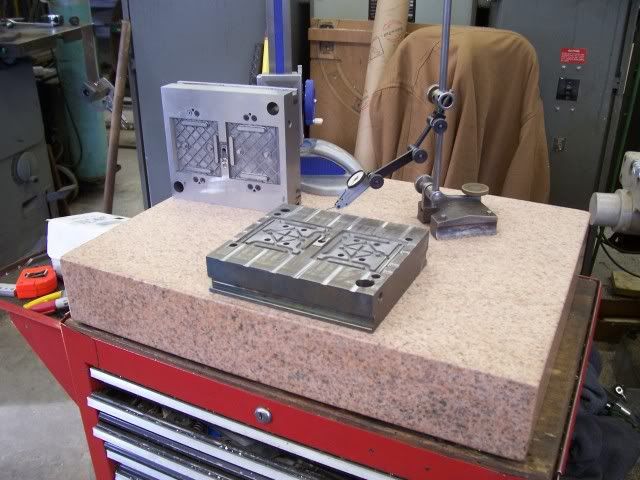I hate to kick up and old thread, but i have decided to make one of these myself and I have a couple of questions before I order material.
First, as someone already mentioned, hardened and ground A-2 would make a good base, but what about the other two peices of steel? Is it worth making them out of hardened A-2 or is that just overkill?
Second, what would work well for the vertical rod? I was thinking of using drill rod, as it is already ground round and straight.
Third, what should the spring be made of? I see you can get blue spring tempered 1095 off mcmaster. I could drill it with a carbide drill and get someone to EDM the rest of it out, but would i be able to make it out of annealed 1095, harden and temper it myself?
Fourth, as far as the adjustment screw goes, i dont want to shell out the cash for a 1/4-40 tap, so i was thinking about making a tap from drill rod and hardening it, and while im at it, do the same for the adjustment bolt. Bad idea?
Lastly, someone mentioned grinding in a v-groove and adding pushpins, are they really that usefull? I cant really think of a time when i would need them...






